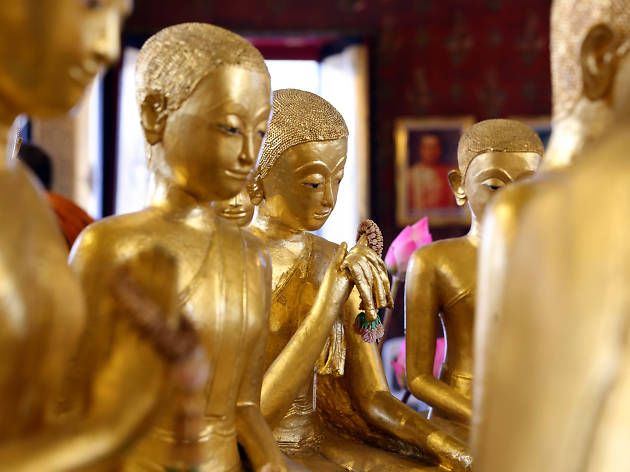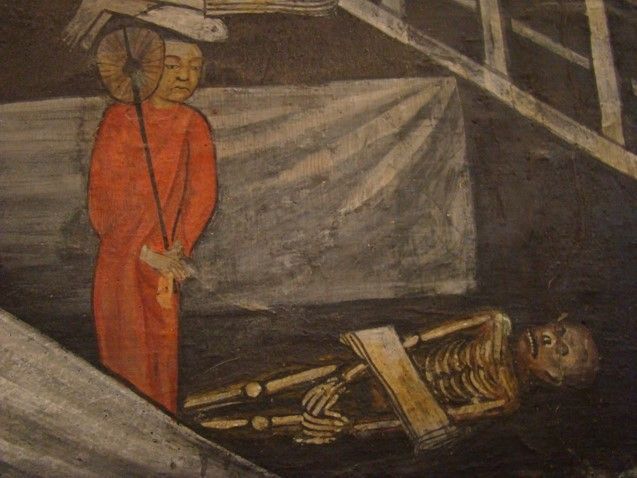- Project Leader : Justin McDaniel (University of Pennsylvania, College of Arts and Sciences, Department of Religious Studies)
Outline of Research
Over the last 20 years I have established three innovative methods in the study of Buddhism in Southeast Asia and Asia more broadly. However, my readers have never had the opportunity to see the larger arch of my methodology and theoretical work described in one place. Therefore, I wrote a long introduction and analysis of my work to introduce readers to a selected and representative collection of my work and also point them in new directions for innovative approaches in the field. This will be the first time that these approaches and innovations are available in one place. It also serves as wide-ranging collection of subjects that speaks to students and scholars in the fields of Anthropology, Textual Studies, History, Religious Studies, and Art History. I also examine primary sources from the fifteen century to the present. These articles challenge current methodological approaches and speaks to a broad audience. They focus on the nuns, monks, laypeople, and royalty who have shaped the way we understand the “most Buddhist country in the world” (i.e. 96% of Thais are Buddhist). Therefore, it is not a study of Buddhist history, but of meaningmaking, knowledge production, narrative, and the construction of local memory in Thailand. Instead of describing “Buddhism,” I am interested in how knowledge locally referred to as “Buddhist” has been formed and transmitted over time through various technologies and in many venues including biography, text, film, television, drama, ritual, art, and the internet.
Description
In this volume, I emphasize that individual agents (texts, statues, teachers, magicians, and so on) are always in situated relationships with other people, art, texts, memories, and objects. This permits a study that takes into account an agent’s capacity and authority to be complex and contradictory. The lives of texts, objects, and people are not their own, but are told and retold by many others. The study of agents is actually the study of the ways many people construct agents. This way of thinking about agency has, I hope, the advantage of recognizing situatedness, what might be called dependent co-arising (Pali: paṭiccasamuppāda) in Buddhist terminology. When one writes, gives talks, and the like, they become an unwitting voice “representing” the area of their research. Scholars are often thrust into the role of “expert” or “resource,” especially when asked to give interviews to news outlets, large gatherings at museums, or public venues, and the like. While I wanted to write about individual Thai Buddhists, objects, events, and texts in the past and present, I found myself speaking for Thai Buddhism in general. I am hoping that this collection will reveal, but certainly not resolve, that struggle.


